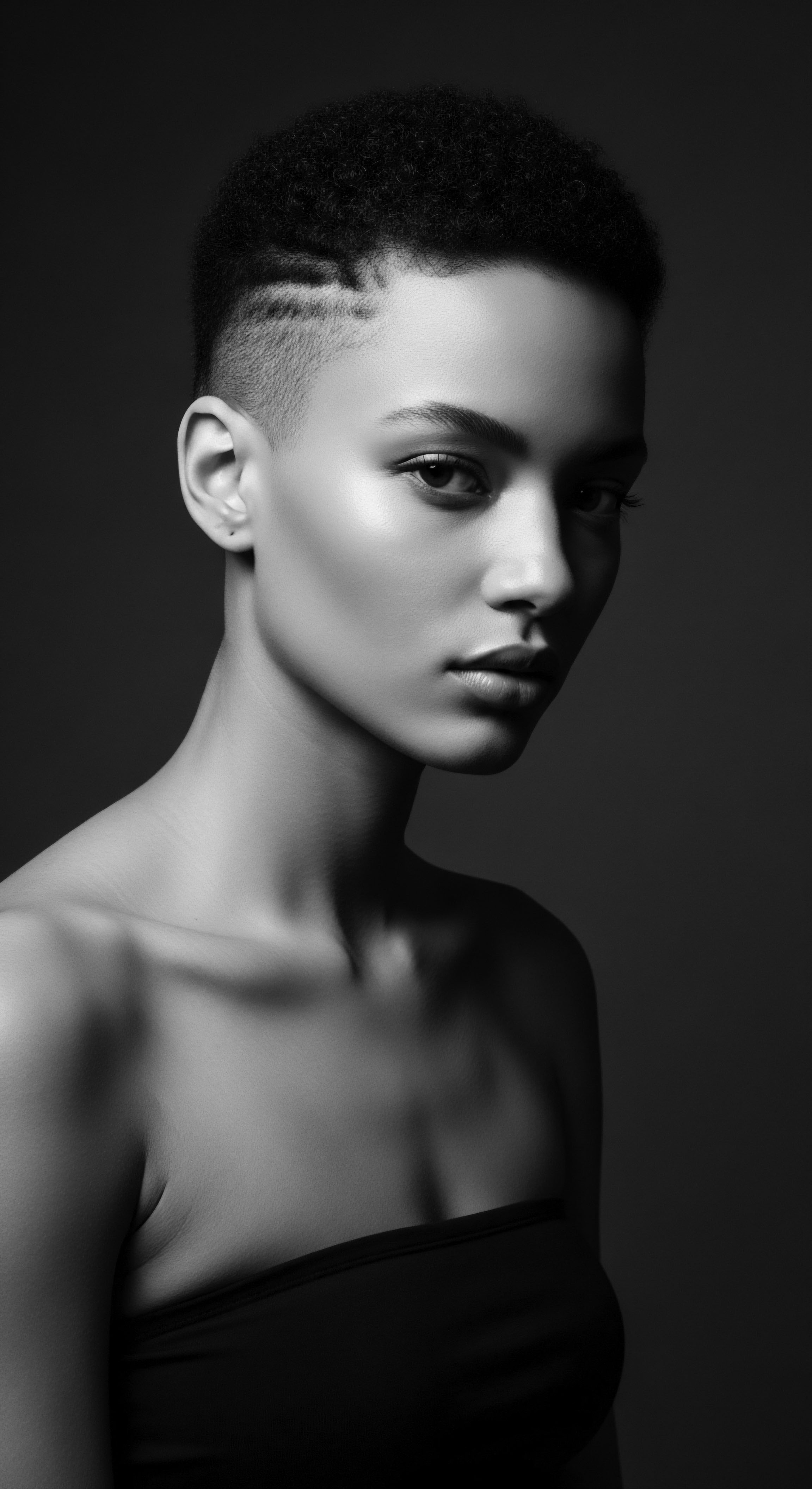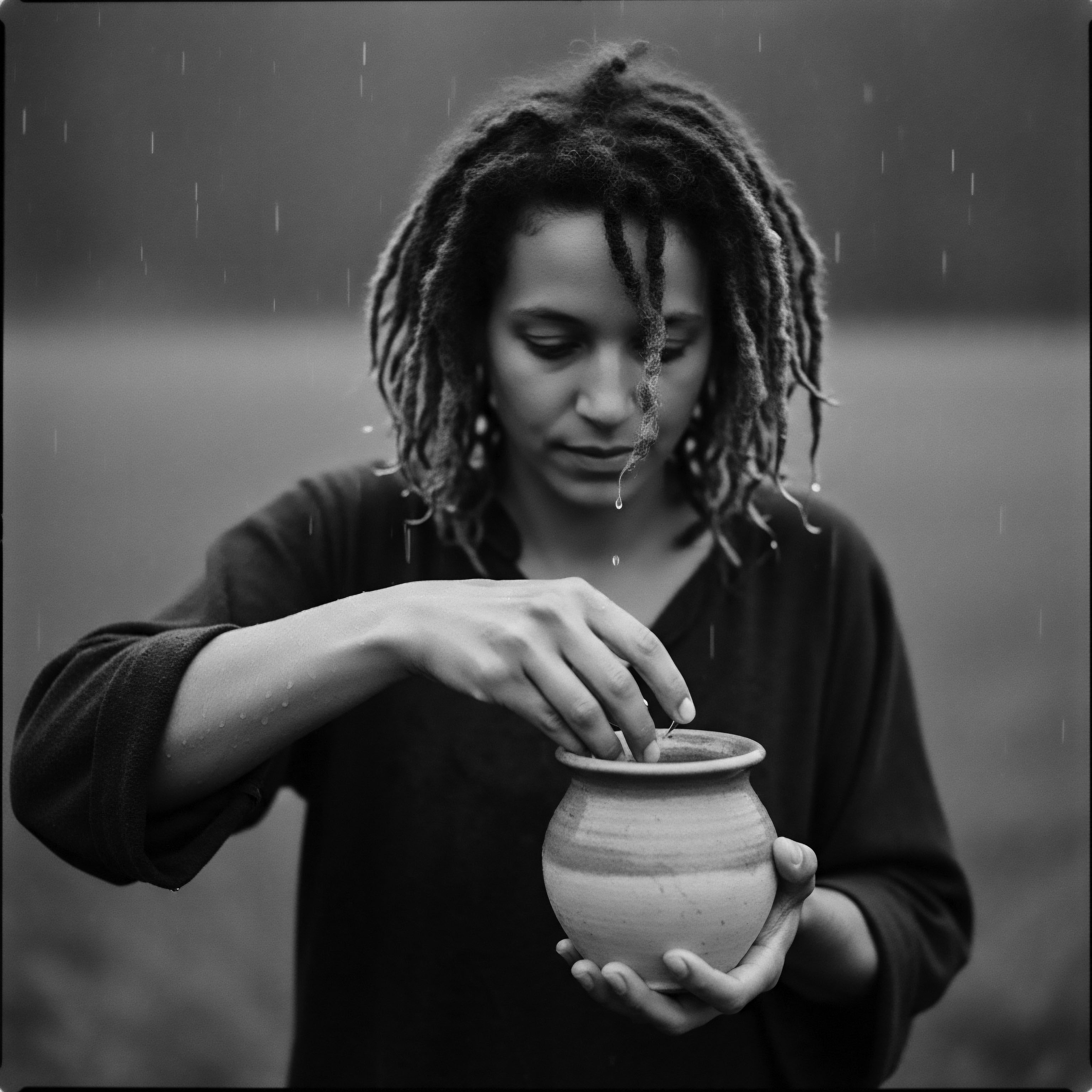
Earth-Based Practices
Meaning ❉ Earth-Based Practices describe hair care methods rooted in natural elements and ancestral knowledge, honoring the deep heritage of textured hair.

How did traditional African hair practices shape community identity?
Traditional African hair practices served as living blueprints of community identity, communicating status, heritage, and spirituality through intricate styles and rituals.

How do ancestral plant practices support hair growth?
Ancestral plant practices support textured hair growth by fortifying strands, nurturing scalp health, and honoring unique heritage.

Can textured hair truly benefit from traditional henna practices today?
Yes, traditional henna offers natural conditioning and structural reinforcement to textured hair, honoring a rich ancestral legacy.

How did ancestral knowledge inform plant selection for textured hair in diverse environments?
Ancestral plant selection for textured hair sprang from deep environmental observation, shaping traditional care and cultural heritage.

What plants historically colored textured hair?
Historically, textured hair was colored using plants like henna, indigo, and logwood, reflecting deep cultural connections and ancestral care practices.

Can Rhassoul clay truly support textured hair moisture retention?
Rhassoul clay supports textured hair moisture by gently cleansing and conditioning, echoing ancestral practices of natural care.

Hair Gel History
Meaning ❉ Hair gel history explores the evolution of hair-holding agents from ancient natural compounds to modern formulations, deeply connected to textured hair heritage and cultural identity.

How does modern hair science validate inherited botanical practices for textured hair?
Modern hair science affirms inherited botanical practices for textured hair, confirming ancestral wisdom through chemical and structural insights.

What traditional plant ingredients were used for cleansing textured hair?
Traditional plant ingredients like rhassoul clay, soap nuts, and aloe vera gently cleansed textured hair, honoring ancestral heritage and unique needs.

Did ancient hair practices influence modern textured hair care heritage?
Ancient hair practices profoundly influence modern textured hair care, rooting it in a rich heritage of cultural meaning and resilient wisdom.

Which historical practices illuminate plant extract benefits for textured hair heritage?
Historical practices reveal plant extracts like shea butter, chebe powder, and castor oil were foundational in nurturing textured hair heritage.

Which traditional ingredients benefit textured hair porosity?
Traditional ingredients like shea butter, coconut oil, and rice water historically sealed and nourished hair, particularly benefiting textured hair porosity through ancestral practices.

Can modern research validate the cultural significance of hair oiling for textured hair?
Modern research reinforces the deep practical wisdom behind hair oiling, validating its lasting cultural significance for textured hair heritage.

In what ways do historical textured hair care practices resonate with modern trichology?
Historical textured hair practices align with modern trichology by intuitively addressing anatomical needs, validating traditional ingredients, and affirming the protective benefits of ancestral styling methods.

How does rhassoul clay connect to ancestral wellness practices for textured hair?
Rhassoul clay deeply connects to textured hair heritage by providing ancient, mineral-rich cleansing and conditioning, honoring ancestral wellness traditions.

Did clay use in hair practices influence community bonding and heritage?
Clay use in textured hair practices profoundly strengthened community bonds and heritage through shared rituals, identity, and generational wisdom.

Can plant butters deeply condition textured hair?
Plant butters profoundly condition textured hair by providing ancestral moisture and protection, honoring a legacy of care.

What traditional ingredients shaped textured hair care routines across different cultures?
Traditional ingredients, rooted in diverse cultural heritage, shaped textured hair care routines by providing essential moisture, cleansing, and protective elements from nature's bounty.

Why is Rhassoul clay favored for textured hair?
Rhassoul clay is favored for textured hair due to its gentle, mineral-rich cleansing properties, echoing centuries of heritage-based North African care.

Which ancestral oils benefit textured scalps?
Ancestral oils, deeply rooted in Black and mixed-race heritage, provide profound nourishment and balance for textured scalps.

How do clays help textured hair stay hydrated?
Clays assist textured hair hydration by cleansing without stripping and forming a moisture-retaining coating, echoing ancestral practices.

In what ways did botanical remedies shape textured hair identity across generations?
Botanical remedies, sourced from ancestral knowledge, provided essential nourishment and manipulation aids that deeply shaped textured hair identity and heritage.

